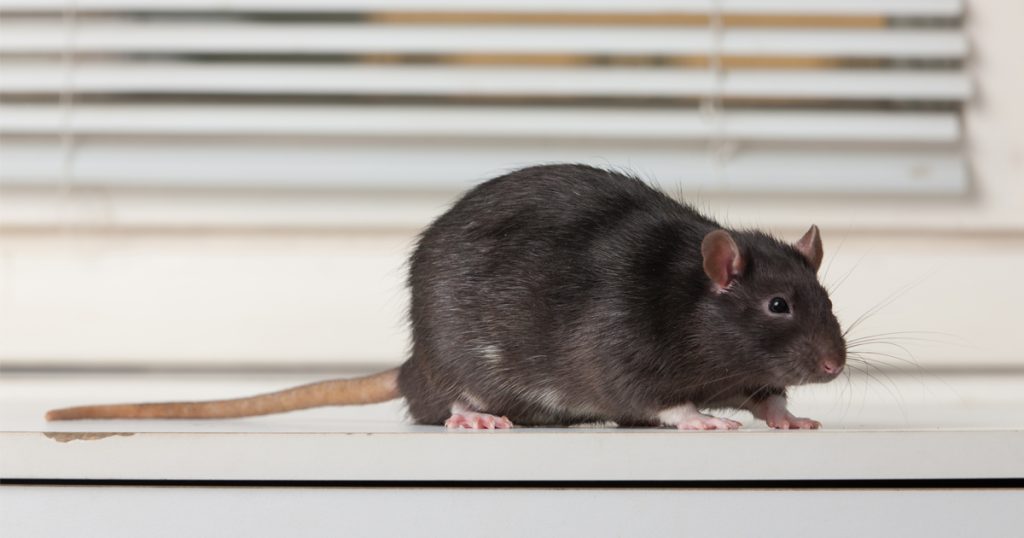Rodent Exclusion Basics
With all the recent increased mice activity in the Northland region, I have been asked by several folks in the area to discuss what homeowners can do to prevent rodents, particularly mice from entering their homes, cabins, and garages. Control of rodents in buildings is not complicated but it is not always as easy as throwing out some snap traps and glue boards. To be effective, rodent control in structures requires the following knowledge: basic understanding of rodent biology and habits, a thorough inspection of the exterior and interior of a building, effective exclusion, and good sanitation practices that eliminate food water and shelter.
Exclusion is the best solution. Preventing rodents from entering a building closing all possible openings where they can enter or leave the structure is top priority. This can be done by inspecting the building for gaps, cracks, or holes which allow rodents to enter. For the exterior of the building, some areas to check include: checking the dryer vent to ensure that it closes tightly, cracks or gaps along the foundation, base of siding, around doors, or where utility lines and pipes enter the building. Other areas to inspect include: ensure attic vents, windows, chimneys, roof vents, are screened. Gaps or openings along the roof line, holes in the roof, openings under the “dormer,” or apex of the roof, and any gaps in the soffit must be sealed. Trees or shrubs found touching the structure need to be pruned back at least three feet. Also, any clutter, or debris found against a building (firewood, lumber, etc.) needs to be removed, for it is harborage for rodents. Inspections should be made twice a year (fall and spring) to identify any evidence of activity and identify new openings. Remember, it takes approximately the size of a dime for mice and the size of a quarter for rats to enter a building. Depending on the size and location of the opening, most small holes or cracks in a building can be sealed with caulk or copper mesh. Larger holes may require a filler such as wire mesh or ¼ inch mesh hardware cloth, metal flashing or sheet metal to seal up any holes found. For doors, kick plates and door sweeps can be installed to prevent rodents from entering through gaps at the bottom of the doors.
Along with sanitation and habitat modification, rodents can be effectively managed and controlled when rodents are excluded and can’t find their way in.






